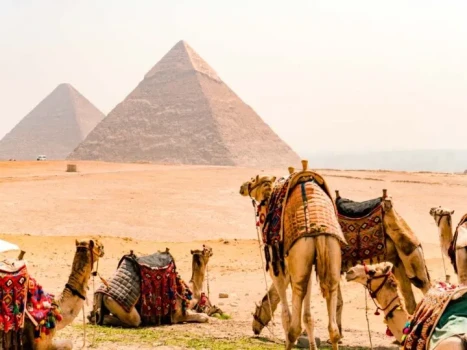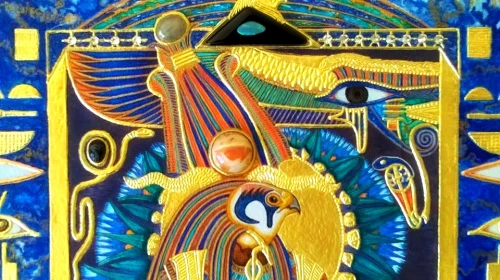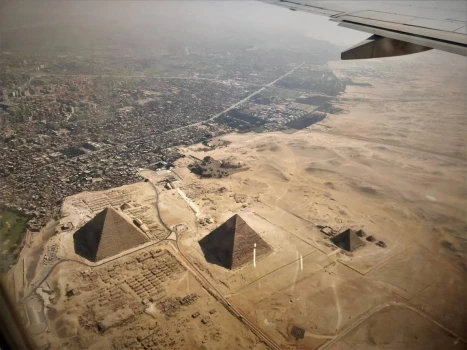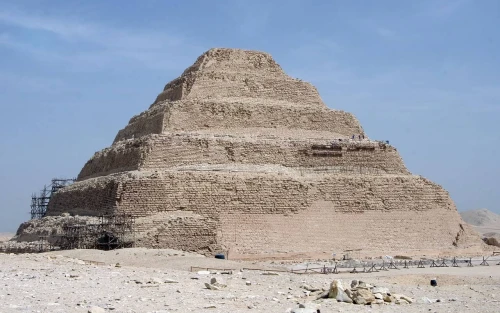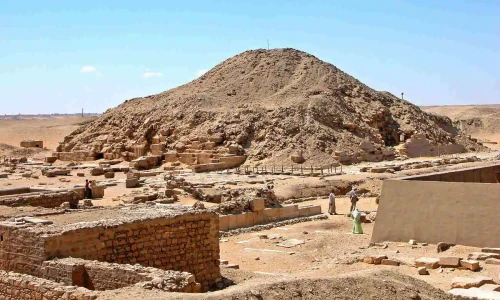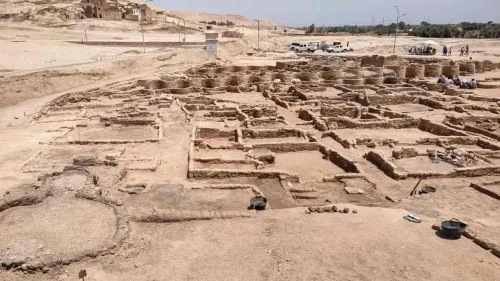
Luxurious Life of Ancient Egyptian Pharaohs
On the West Bank of Luxor, Malkata Palace is a magnificent and exceptionally well-preserved royal palace from ancient Egypt. Amenhotep III, the pharaoh, built it as the king's home during the New Kingdom era (1550-1070 BCE). This blog article explores the history and design of Malkata Palace and sheds light on what life was like for the pharaohs of ancient Egypt.
History of Malkata Palace
During his rule from 1391 to 1353 BCE, Amenhotep III ordered the building of Malkata Palace. The palace, which included a central royal complex, office buildings, and other smaller structures, had a total area of around 50 hectares. The pharaoh and his family lived there during the month of Akhet (July to October), when the Nile flood rendered it impossible to live at Thebes, the royal capital, as a summer retreat.
The palace was abandoned and used as a source of building supplies after Amenhotep III's rule. Archaeologists restored and excavated the palace in the 20th century.
Architecture of Malkata Palace
The central palace and the administrative section make up the two main parts of the Malkata Palace complex. The main palace, which was made up of a number of structures grouped around a central courtyard, served as the king's private dwelling. The mud-brick and stone structures were decorated with vividly painted images of the pharaoh, animals, and gods.
The most spectacular aspect of the main palace is the Great Hall of Audience. 32 columns supported the hall, which was utilised for state events and celebrations. Intricate reliefs showing scenes of the pharaoh receiving tribute from several countries adorned its walls.
The administrative area had a number of structures, including a bakery, brewery, granary, and stables, that were essential to the daily management of the royal family. The mud-brick structures were arranged in a circle around a central courtyard.
Daily life at Malkata Palace
Malkata Palace offered a look into the opulent lifestyle of ancient Egyptian royalty and reflected the riches and power of the pharaohs. The castle housed valuables and pieces of art along with magnificent gardens and swimming pools.
Living in opulence with an abundance of food, clothes, and other commodities, the pharaohs of Malkata Palace had lavish lives. A large number of slaves who also took care of other tasks like cooking and cleaning looked after them. Hunting, fishing, and other pastimes were how the pharaohs used their free time.
Ancient Egypt's religious life was fundamentally influenced by Malkata Palace. Ma'at, the Egyptian concept of justice and order, was upheld by the pharaohs who ruled there because they were seen as divine creatures. A temple and shrine to the deity Amun was one of many that were located in the palace.
Going to Malkata Palace
Now that Malkata Palace is available to tourists, they may get a rare look at ancient Egyptian royalty's way of life. The palace complex may be explored by guests who can awe at the magnificent architecture and interior design. On the West Bank of Luxor, the palace is conveniently reachable by automobile or taxi.
As a result, Malkata Palace is a fascinating illustration of ancient Egyptian tradition and design. Anybody who is interested in ancient Egypt must see this destination due to its astounding size, stunning design, and rich history.
 English
English
 Spain
Spain

